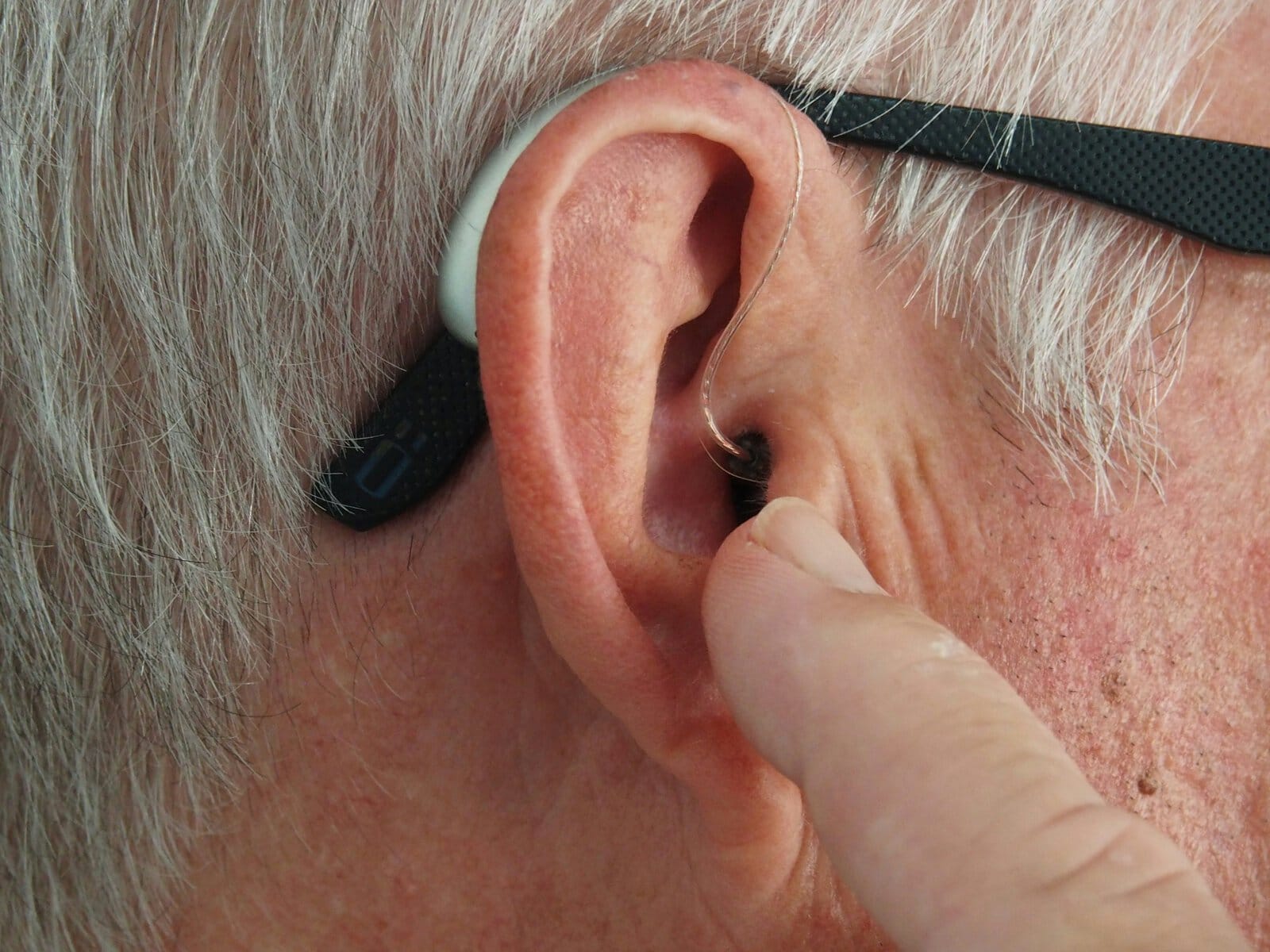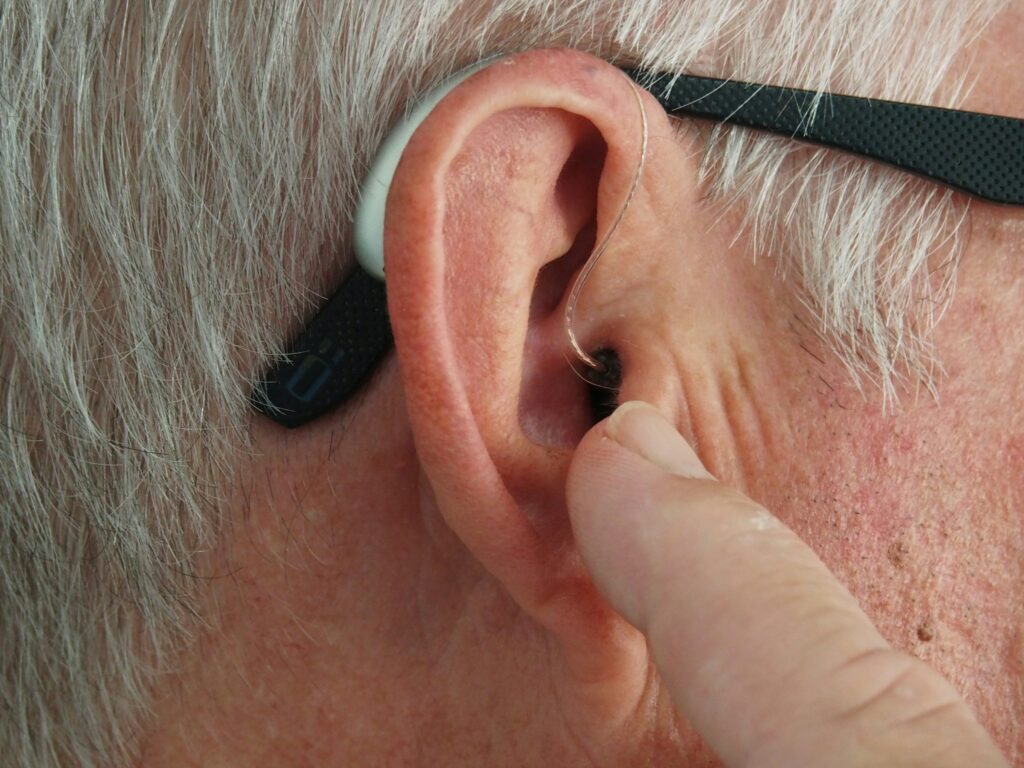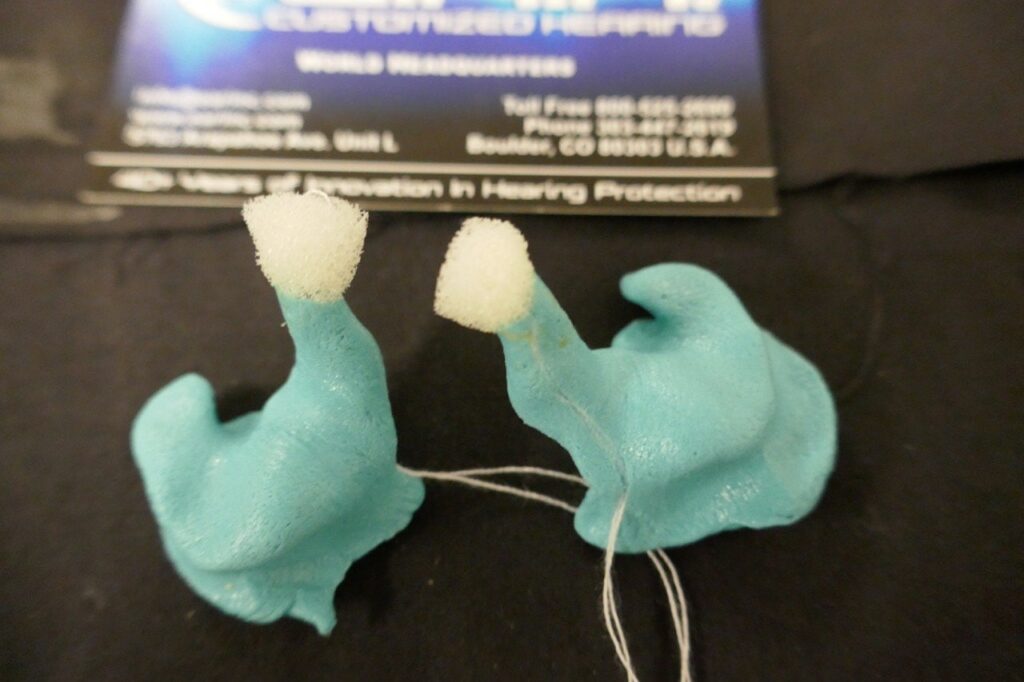- 800.525.2690
- [email protected]
- Mon - Fri: 8:00 - 4:30
Earmolds for Hearing Aids – What You Need to Know

Earmolds for hearing aids are custom-fit parts that sit securely in the ear to keep devices in place while enhancing sound quality and comfort. Their snug design helps prevent feedback and ensures a tailored fit for every ear. Unlike generic options found with over-the-counter hearing aids, earmolds offer personalized solutions. Throughout this guide, we’ll compare hearing aids molds vs domes, explore the types of hearing aid molds, and highlight the value of custom ear molds for hearing aids.

What Are Hearing Aid Earmolds?
Hearing aid earmolds are custom-shaped pieces designed to guide amplified sound directly into the ear canal. By creating a secure seal, they help prevent bothersome feedback or whistling and ensure clearer, more consistent sound quality. This snug fit also improves comfort, stability, and overall device performance, making earmolds especially valuable for individuals with moderate to severe hearing loss.
What are earmolds made out of?
Earmolds are commonly made from:
- Silicone: soft, durable, easy to clean
- Acrylic: strong, less flexible, may irritate skin
- Vinyl: comfortable, durable, possible allergy risks
- Foam: lightweight, comfortable, but less durable
Types of Hearing Aid Molds
Hearing aid earmolds come in several styles to match different needs:
- Full shell: covers the outer ear, ideal for severe hearing loss.
- Half shell: covers the lower half, suited for mild to moderate loss.
- Canal lock / canal earmold: fits deeply in the canal, reducing feedback.
- Skeleton, flanged, or custom earmolds: tailored designs for lifestyle, comfort, and hearing severity.
Choosing the Right Fit
The best fit depends on your hearing loss level, ear anatomy, comfort preferences, and daily activities. Some people even use the EZ impression kit to make custom earmolds at home, ensuring a secure and personalized result.
Hearing Aids Molds vs Domes
Hearing aid domes are standardized silicone tips that come in flexible sizes. They are easy to fit and often chosen for their comfort, reduced occlusion, and suitability for people with mild hearing loss. Their design allows more natural sound to pass through, making them a simple and convenient option for first-time users.
Earmolds, on the other hand, create a tighter seal that delivers stronger amplification and reduces feedback, making them ideal for moderate-to-severe hearing loss. While domes provide a lighter, more natural sound and are easier to replace, earmolds excel in customization and superior amplification.
Benefits of Hearing Aid Earmolds
Hearing aid earmolds offer several important advantages that improve both comfort and performance. They provide better sound quality and clarity by directing amplified sound directly into the ear canal. For individuals with more significant hearing challenges, earmolds allow for greater amplification, making them especially effective for severe hearing loss. Their secure and custom fit ensures devices stay in place comfortably, even during physical activity. Beyond hearing correction, earmolds can also serve as ear protection, helping swimmers keep water out and musicians reduce harmful noise exposure while still maintaining sound awareness.

Earmold Impressions & Fitting
The process of creating earmold impressions is simple and painless. A hearing specialist uses a soft compound, much like dental molding, to capture the exact shape of your ear. Because ear shapes can change over time, adjustments may be required to maintain a proper fit. For added convenience, some people choose the EZ impression kit or other at-home impression kits for earmolds, which allow for custom results outside the clinic. This personalized fitting ensures comfort, prevents feedback, and delivers consistent sound quality with your hearing aids.
Care, Maintenance & Troubleshooting
Daily Cleaning
Proper care extends the life of your hearing aid earmolds. Wipe them daily to remove earwax or debris, and keep them dry when not in use. This simple habit helps maintain both comfort and performance.
Common Problems
Occasional issues may arise. Whistling or feedback can indicate the need for a refit, while a muffled or overly loud voice may result from the occlusion effect. Solutions often include adding a larger vent, re-seating the earmold, or seeking a professional adjustment to restore comfort and clarity.
FAQs
What are the main types of hearing aid earmolds?
Common options include full shell, half shell, canal lock, and custom earmolds, each designed for different levels of hearing loss.
Can I make custom ear molds for hearing aids at home?
Yes, some people use at-home kits to create a personal fit.
How often should earmolds be replaced?
Typically every 1 to 2 years, or sooner if your ear shape changes.
Are earmolds compatible with all hearing aids, including over-the-counter hearing aids?
Most BTE and RIC hearing aids use earmolds, but domes are more common with OTC devices.
What should I do if my earmold causes feedback or discomfort?
Schedule a professional adjustment to resolve fit or venting issues.
What is the EZ impression kit and how is it used?
The EZ impression kit is a convenient tool that lets users safely create ear impressions at home, making it easier to order custom earmolds without visiting a clinic.
